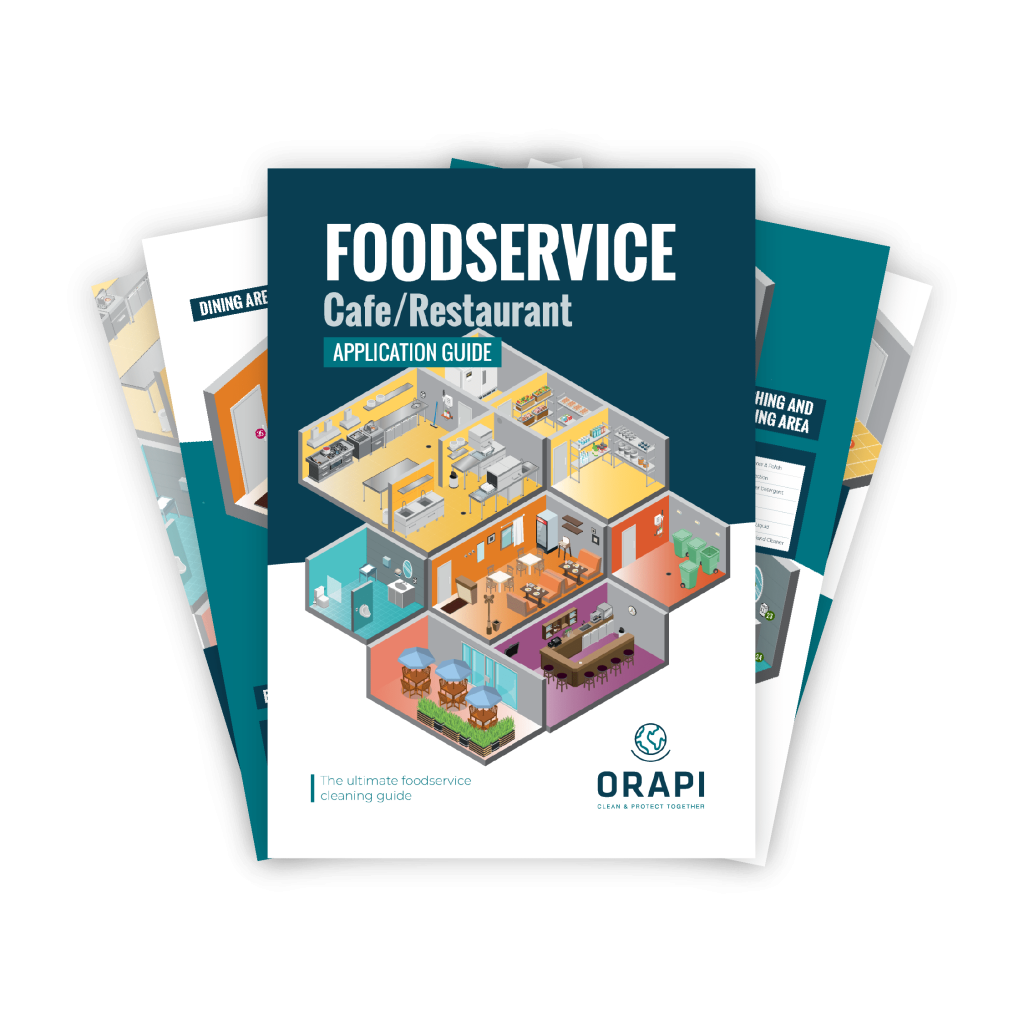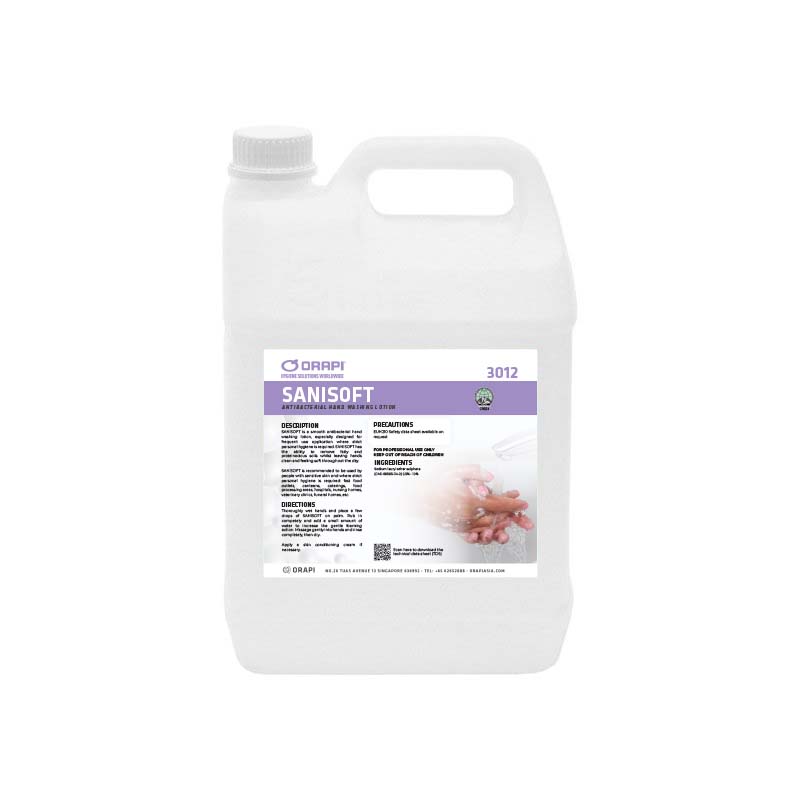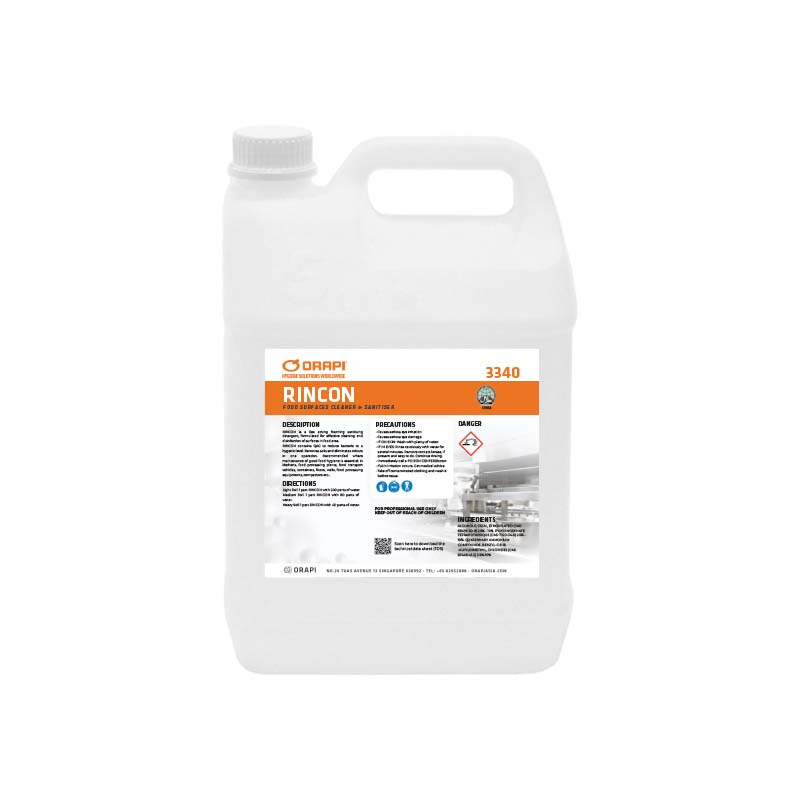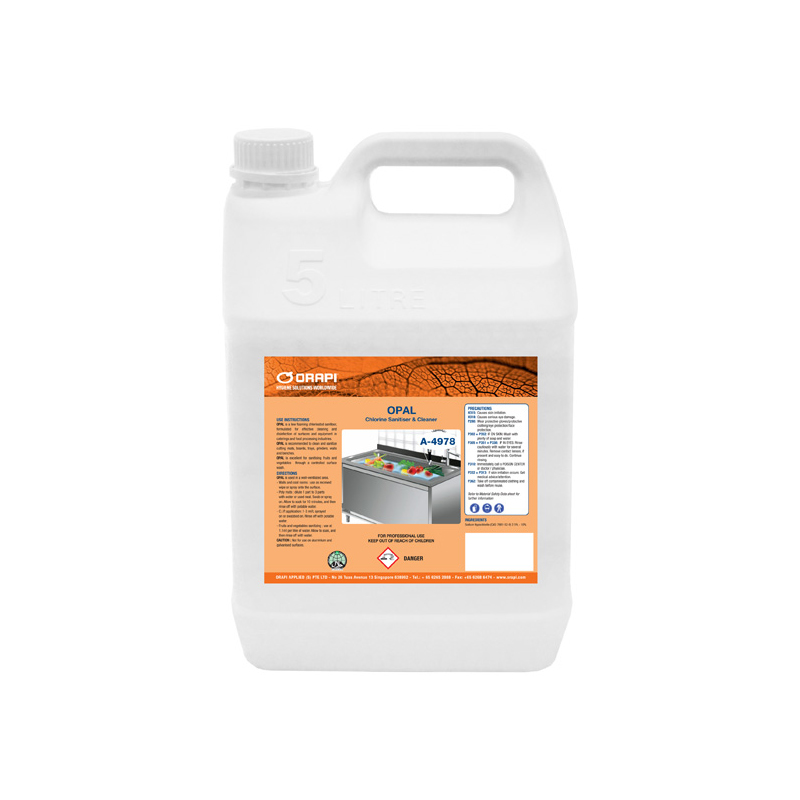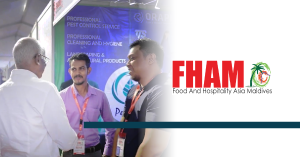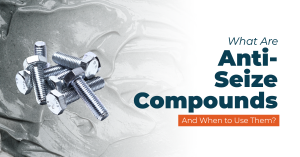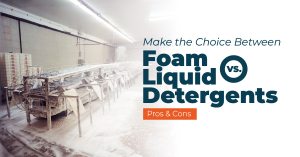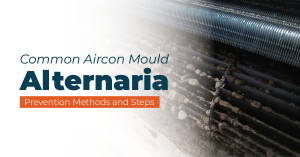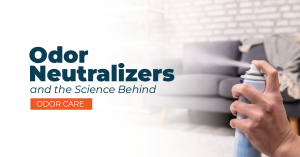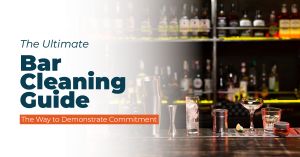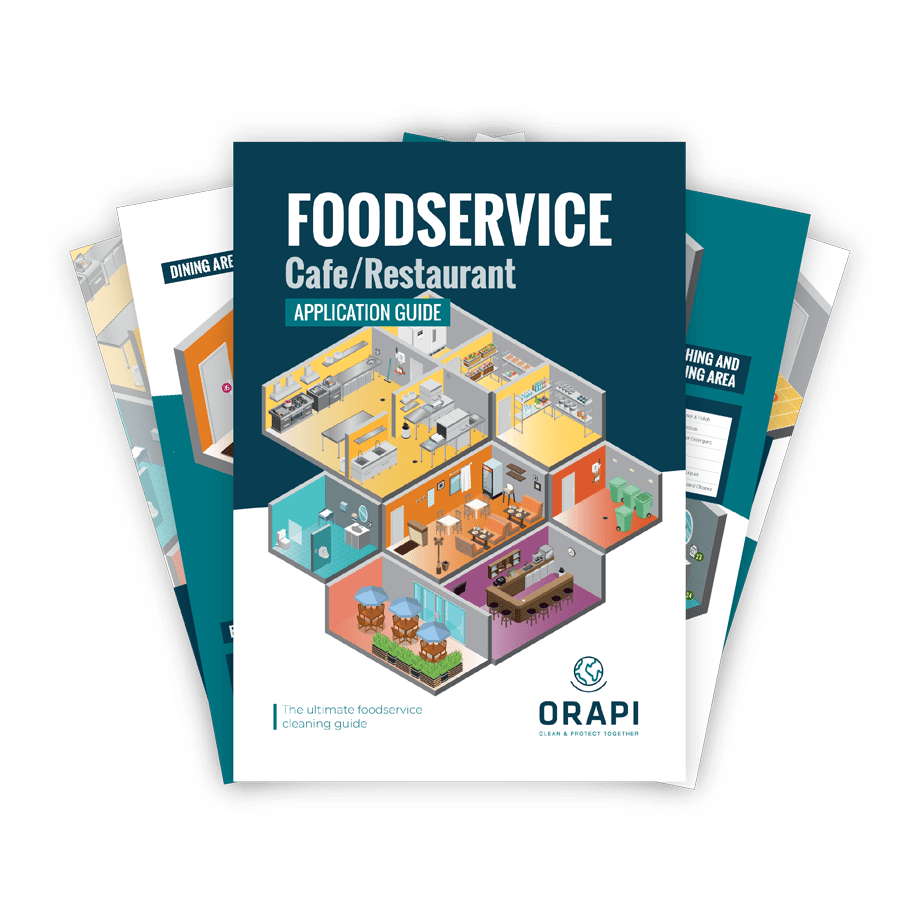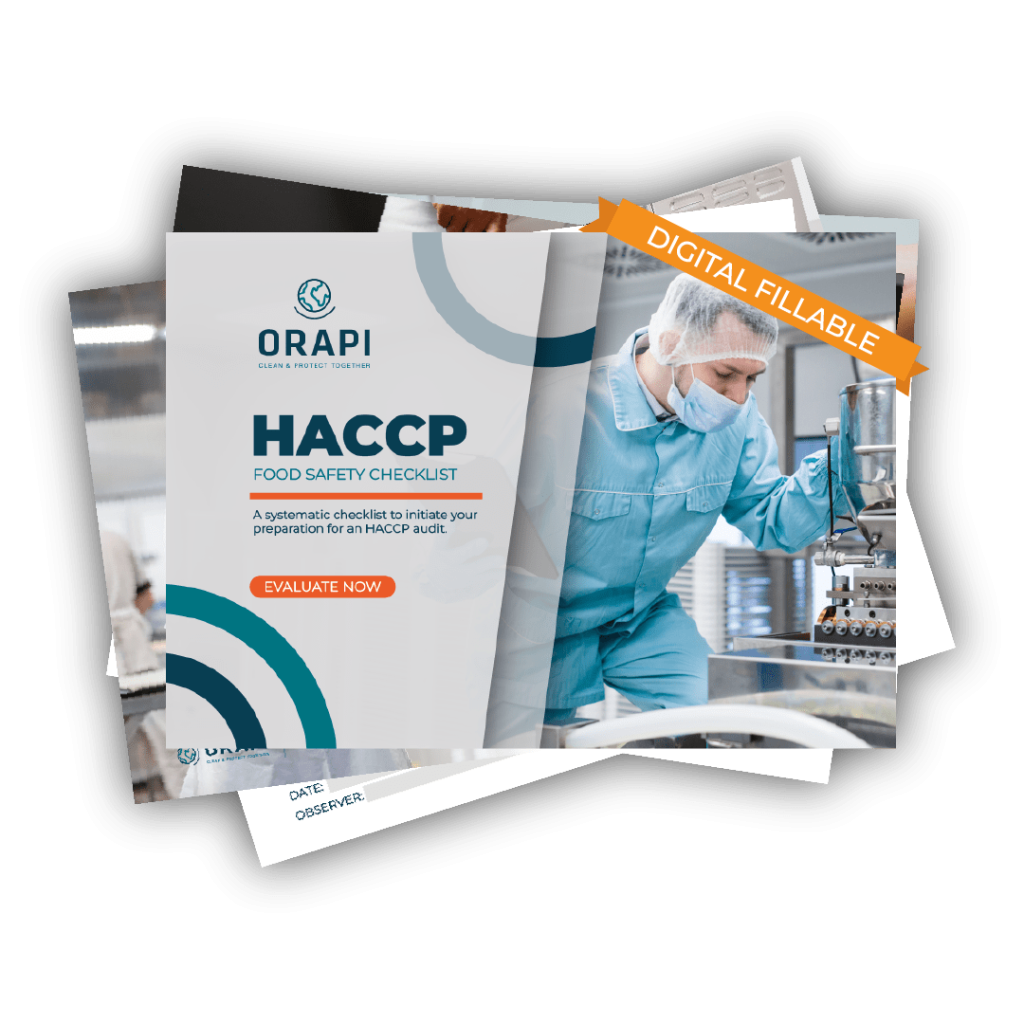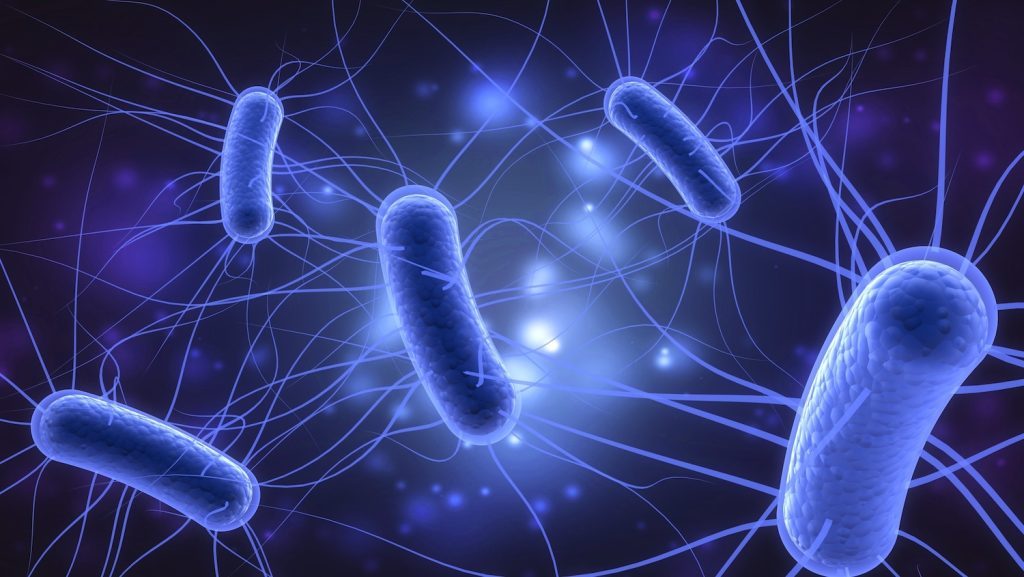
We all know that e. coli is a threat to human health that is transmitted by food. But what foods specifically? How is it controlled, and how can we protect ourselves from it as eaters and food producers? How to prevent E.Coli in food processing?
What is E. Coli in Food Processing?
Escherichia coli or better known an E. coli. E.coli in food processing is a bacteria that lives in the lower intestine of warm-blooded animals and causes severe stomach cramps, bloody diarrhea, and vomiting. Some strains can have severe symptoms and even life-threatening complications, such as hemolytic uremic syndrome, which can lead to kidney failure and death.
Types of E. Coli in Food Processing?
There are three types of E. coli bacteria in food processing, each of which has been described in detail below:
1. STEC: Some kinds of E. coli cause disease by making a toxin called Shiga toxin. The bacteria that make these toxins are called “Shiga toxin-producing” E. coli, or STEC for short. This pathotype is the one most commonly heard about in the news in association with foodborne outbreaks.
2. ETEC: Enterotoxigenic Escherichia coli (E. coli), or ETEC, is an important cause of bacterial diarrheal illness. Infection with ETEC is the leading cause of travellers’ diarrhea and a major cause of diarrheal disease in developing countries, especially among children. However, it is also recognised as an important cause of foodborne illnesses in developed nations. ETEC is transmitted by food or water contaminated with animal or human faeces.
3. Diarrheagenic E. coli: This variant of E. coli is known for causing watery or bloody diarrhea, and abdominal cramps, with or without fever.
Symptoms of E. Coli Infection
- Symptoms of intestinal infection generally begin 3 to 4 days after you’ve acquired E. coli. This is known as the incubation period. Once symptoms appear, they usually resolve within 5 to 7 days, but they can last anywhere from 1 to 10 days.
Symptoms of E. coli infection range from mild to severe. We have grouped the symptoms according to their respective levels of severity below:
MILD-MODERATE
- Abdominal cramping
- Sudden, severe watery diarrhea that may change to bloody stools
- Gas
- Loss of appetite or nausea
- Fatigue
- Fever
- Vomiting
SEVERE
- Bloody urine
- Decreased urine output
- Pale skin
- Bruising
- Dehydration
COMPLICATIONS
Without treatment, E. coli in food processing infection may progress to one of the following conditions, among others:
- Urinary tract infection
- Abdominal and pelvic infection
- Pneumonia
- Bacteremia, in which bacteria enter the bloodstream
- Meningitis, in which bacteria cross the blood-brain barrier
Risk Factors of E. Coli Infection

While anyone can experience an E. coli infection, some people are more at risk than others. Some risk factors include:
- Age: older adults and young children are more likely to experience serious complications from E. coli.
- A weakened immune system: people with weakened immune systems, such as people with cancer, diabetes, or HIV/AIDS, as well as pregnant women, newborns, children, and older adults, are more susceptible to E. coli infections.
- Low stomach acid levels: medications that help decrease your stomach acid levels can increase your risk of E. coli infection.
- Certain foods: drinking unpasteurized milk or juices and eating undercooked meat can increase your risk of E. coli.
Hemolytic Uremic Syndrome Due to E. Coli
About 5 to 10 percent of people with an E. coli infection develop hemolytic uremic syndrome (HUS), a condition that damages red blood cells.
This can lead to kidney failure, which may be life-threatening, especially for children and older adults. HUS generally begins about 5 to 10 days after the onset of diarrhea.
Causes of an E. Coli Infection
E. coli in food processing is transmitted to humans primarily through the consumption of contaminated foods, such as raw or undercooked ground meat products and raw milk. Faecal contamination of water and other foods, as well as cross-contamination during food preparation (with beef and other meat products, contaminated surfaces and kitchen utensils), will also lead to infection. Here are some of the other common causes of E. coli infection:
1. Unsanitary Food Handling
Whether food prep is taking place in a restaurant, cafe, or home unsafe food handling and preparation can cause cross-contamination, which is why it is absolutely essential to follow the necessary food safety habits in every kitchen.
Common causes of food poisoning include:
- Not washing your hands completely before preparing or eating food
- Using utensils, cutting boards, or serving dishes that aren’t clean, causing cross-contamination
- Consuming dairy products or foods containing mayonnaise that have spent too long without refrigeration
- Consuming foods that you or a food vendor haven’t stored at the right temperature
- Consuming undercooked foods, especially meats and poultry
- Consuming raw seafood products
- Drinking unpasteurized milk
- Consuming raw produce that you haven’t thoroughly washed.
2. Contaminated Utensils
You can also contaminate food in your own kitchen if you allow a knife or cutting board that has touched uncooked meat (like chicken) to come into contact with food that will be eaten raw (like a salad).
3. Contaminated Water
E. coli has also been isolated from bodies of water (such as ponds and streams), wells and water troughs, and has been found to survive for months in manure and water-trough sediments. Waterborne transmission has been reported, both from contaminated drinking-water and from recreational waters. Contaminated waters may even further contaminate low-risk foods such as fruits and vegetables (including sprouts, spinach, lettuce, coleslaw, and salad) should they come in contact.
4. Person to Person
Person-to-person contact is an important mode of transmission through the oral-faecal route. The bacteria transmit to a new host when that person touches someone or something else, like food. An asymptomatic carrier state has been reported, where individuals show no clinical signs of disease but are capable of infecting others. The duration of excretion of E. coli is about one week or less in adults but can be longer in children.
5. Animals
People who work with animals such as cows, goats, and sheep have an increased risk of E. coli infection. Similarly, people who handle raw food items also have an increased risk of getting infected and transferring the infection.
On top of that, both rats and mice have been found to spread E. coli infection, as well as other foodborne illnesses, including salmonellosis and shigellosis. Rodents shed bacteria in their faeces, and you can catch salmonellosis if you consume any food or drink contaminated by those faeces.
Commonly Associated Food Items
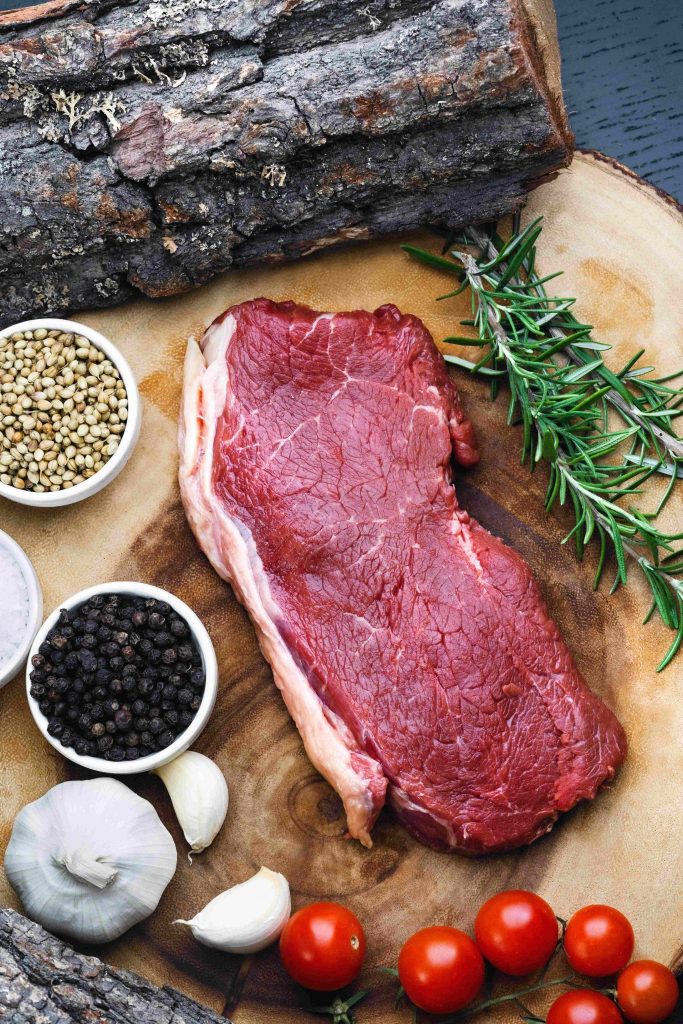
The reservoir of this pathogen appears to be mainly cattle. In addition, other ruminants such as sheep, goats, and deer are considered significant reservoirs, while other mammals (such as pigs, horses, rabbits, dogs, and cats) and birds (such as chickens and turkeys) have been found infected.
Examples of foods implicated in outbreaks of E. coli include undercooked hamburgers, dried cured salami, unpasteurized fresh-pressed apple cider, yoghurt, and cheese made from raw milk.
An increasing number of outbreaks are associated with the consumption of fruits and vegetables (including sprouts, spinach, lettuce, coleslaw, and salad), whereby contamination may be due to contact with faeces from domestic or wild animals at some stage during cultivation or handling.
Here is a list of the commonly infected foods you should take special note of:
- Ground meat: You eat ground meat that carries E. coli, and the meat wasn’t cooked enough to kill the bacteria. When meat is processed, sometimes bacteria from the animals’ intestines make their way into the meat. This happens more with ground meat because it comes from more than one animal.
- Untreated milk: You drink unpasteurized milk, which hasn’t been heated to kill bacteria. E. coli can get into the milk from the cow’s udder or from milking equipment.
- Vegetables and fruit: You might eat fresh vegetables or fruit that’s been tainted by water that has the bacteria. This happens most often when manure from nearby animals mixes with the water supply.
- Other foods and beverages: You might also get E. coli from unpasteurized fruit juices and yoghurt and cheese made from raw milk.
- Water: You swallow water that contains E. coli, perhaps while swimming in a pool, lake, or pond.
Control Measures to Prevent E. Coli Infection
1. Cook Meat at the Right Temperature
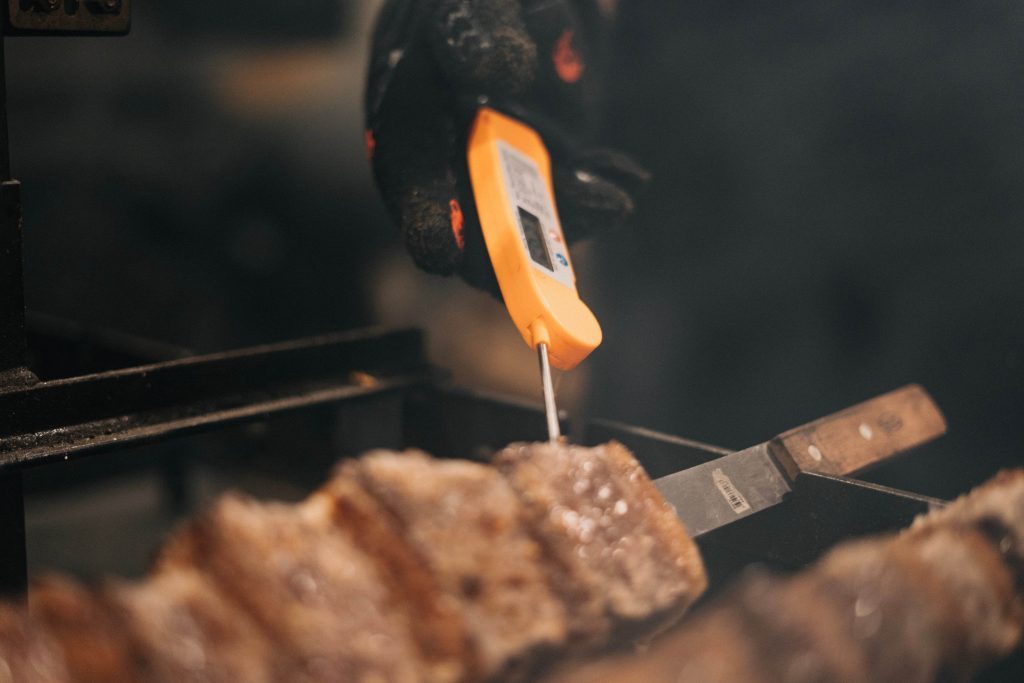
To kill harmful germs, cook beef steaks and roasts to an internal temperature of at least 145°F (62.6˚C) and allow to rest for 3 minutes after you remove meat from the grill or stove. Cook ground beef and pork to a minimum internal temperature of 160°F (70˚C).
Always use a food thermometer to check that the meat has reached a safe internal temperature because you can’t tell whether meat is safely cooked by looking at its colour.
2. Wash Hands Regularly
One of the most important things you can do to protect yourself and your customers against E. coli is to wash your hands, particularly in these situations:
- Before you prepare food
- After you’ve used the bathroom
- After handling raw meat
ORAPI RECOMMENDS:
Antibacterial Hand Soap
SANISOFT is a smooth antibacterial hand washing lotion,
especially designed for frequent use application where strict
personal hygiene is required such as fast food outlets, catering, canteens, restaurants, cafes, etc.
3. Wash Utensils Frequently and Thoroughly
Cleaning knives, counters, and cutting boards with ORAPI-recommended products after they’ve been in contact with any of the food items mentioned above can significantly trim the chances of contracting E. coli infection.
ORAPI RECOMMENDS:
Food Surfaces Cleaner and Sanitizer
RINCON is a foaming sanitizing detergent formulated for effectively cleaning and disinfecting surfaces in food areas. RINCON is formulated with a blend of detergents, sequestrants and quaternary ammonium compounds specially selected to be effective against a wide range of microorganisms for maximum hygiene.
4. Separate to Prevent Contamination
Keep raw or marinating meat, poultry, seafood, and eggs separate from all other foods in the refrigerator. Store raw meat, poultry, and seafood in sealed containers or packages so the juices don’t leak onto other foods.
Use one cutting board or plate for raw meat, poultry, and seafood and a separate cutting board or plate for produce, bread, and other foods that won’t be cooked.
Lastly, do not wash raw meat, poultry, or eggs. Washing these foods can actually spread germs because juices may splash onto your sink or counters.
5. Refrigerate Promptly

Bacteria can multiply rapidly if left at room temperature or in the “Danger Zone” between 40°F and 140°F. Therefore, always keep your refrigerator at 40°F or below and your freezer at 0°F or below, and know when to throw food out before it spoils.
Refrigerate perishable food (meat, seafood, dairy, cut fruit, some vegetables, and cooked leftovers) within 2 hours. If the food is exposed to temperatures above 90°F, like a hot car or picnic, refrigerate it within 1 hour.
Thaw frozen food safely in the refrigerator, in cold water or in the microwave. Never thaw food on the counter because bacteria multiply quickly in the parts of the food that reach room temperature.
6. Thoroughly Wash Fruits and Vegetables
If the fruits and vegetables have come in contact with contaminated water or animal feaces, washing them will get rid of the contaminants and make them safe to consume. However, washing with plain water might not be effective in cent percent of the attempts. This is why we suggest washing fruits and veggies with the ORAPI-RECOMMENDED product Opal.
ORAPI RECOMMENDS:
Antimicrobial Fruits and Vegetables Cleaner
OPAL is a chlorinated antimicrobial sanitiser, excellent for sanitising raw fruits and vegetables during the washing or peeling process. It reduces 99.9% of pathogenic microorganisms (E-coli, Salmonella, Lister, etc.), insects and other dirt from fruits and vegetables. OPAL is also used as a cleaner & sanitiser for food contact surfaces and equipment in the Food Processing Industries.
Conclusion
E Coli in food processing is a dangerous bacteria that can be transmitted via food and cause tremendous harm. At the same time, it’s something we can control quite easily and, if you are taking appropriate precautions, should not be something to worry about.
